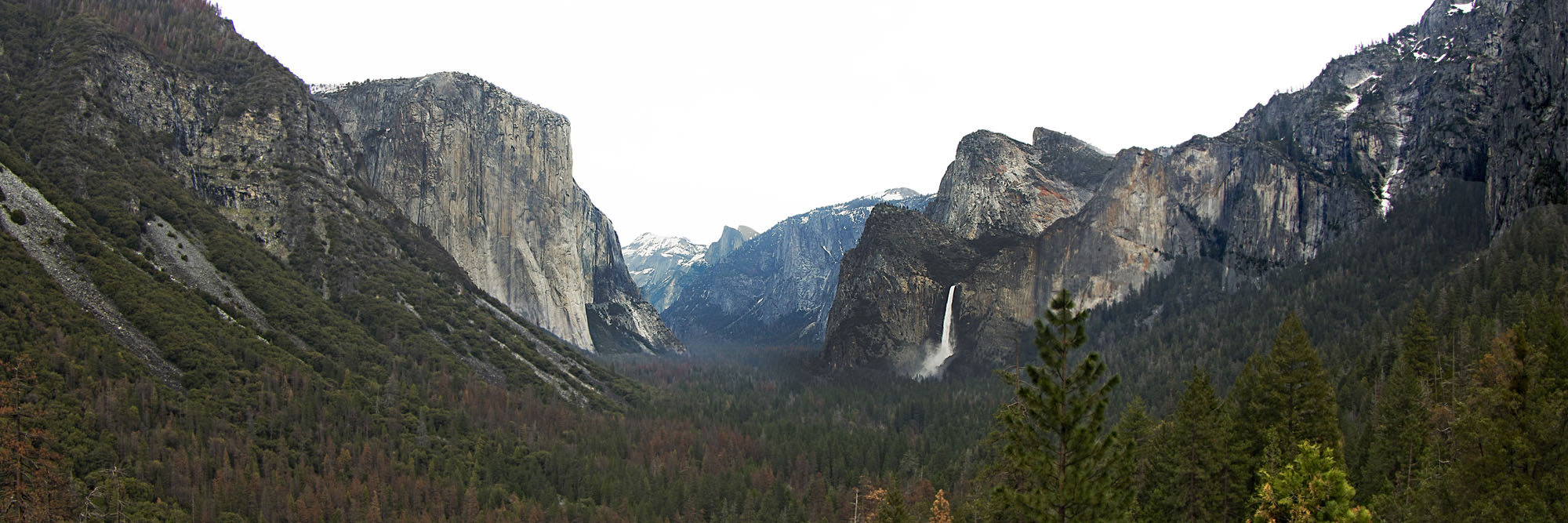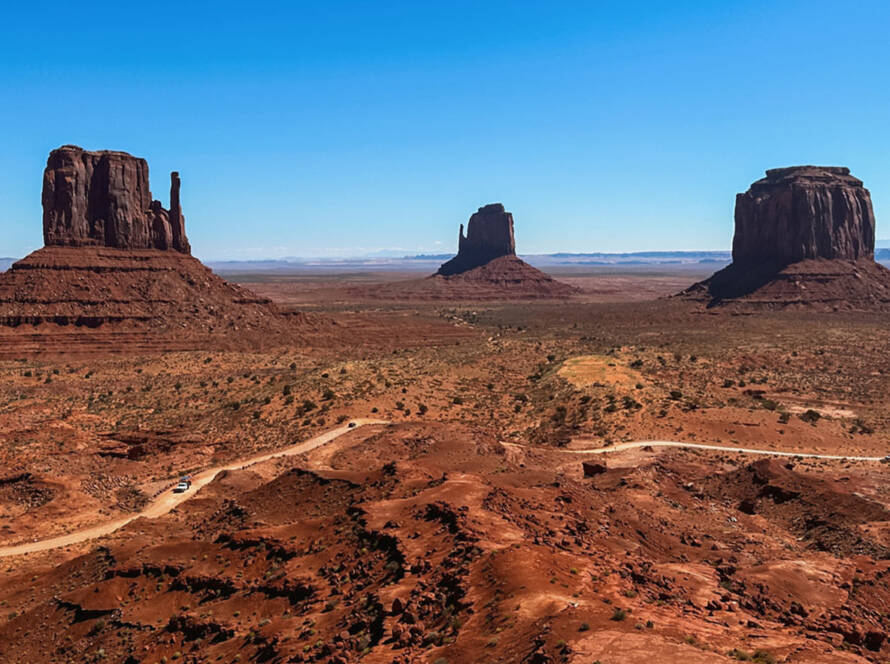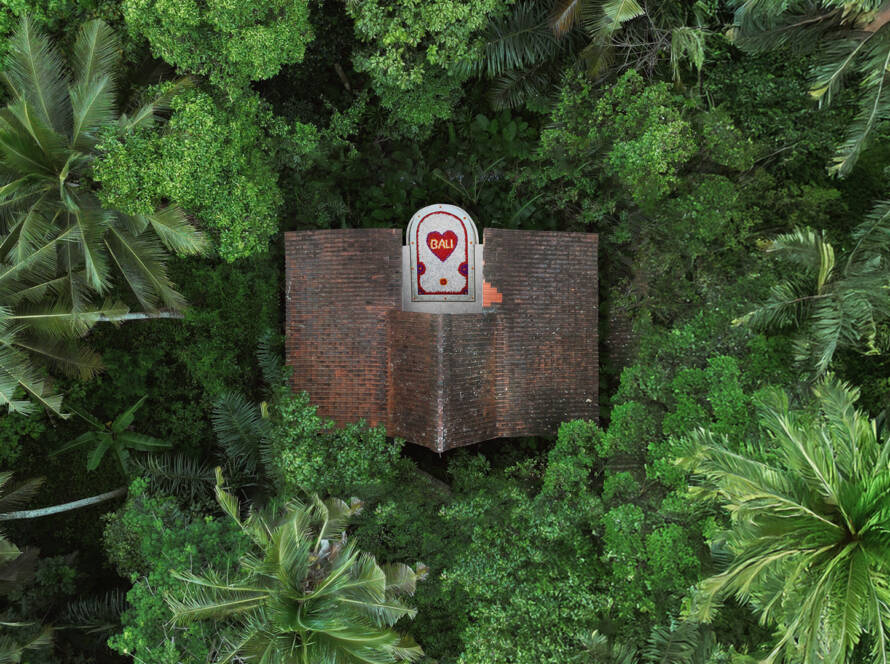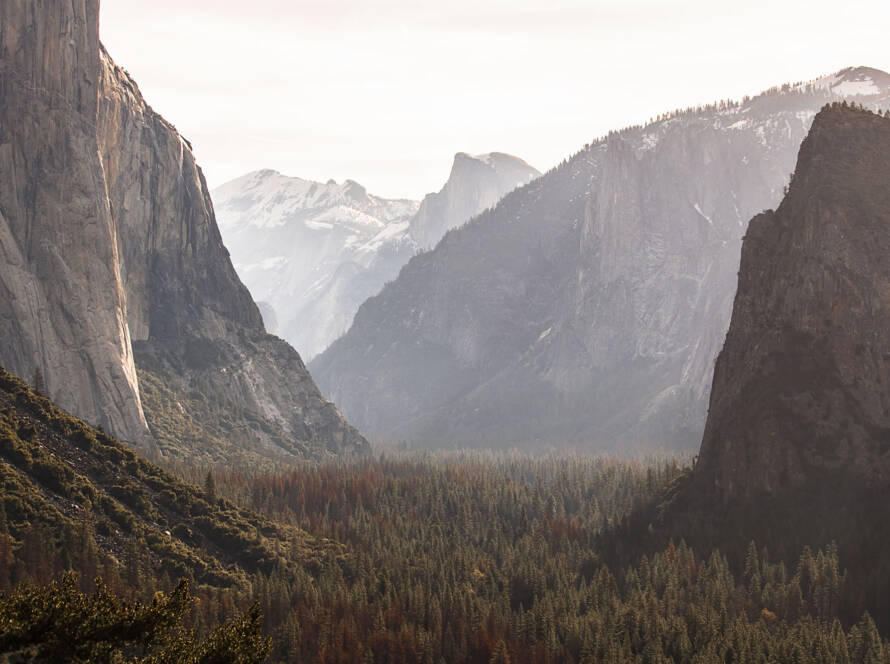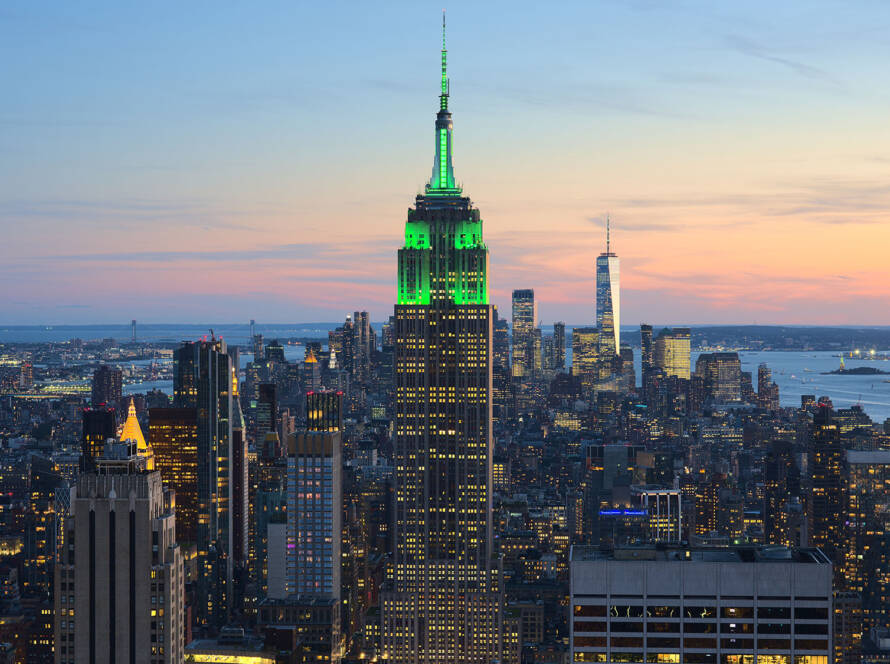Don’t forget to check out our other guides in California:
Travel Guide: Yosemite National Park
Travel Guide: Yosemite National Park in One Day
Travel Guide: California Big Sur, Highway 1
Travel Guide: Napa Valley, Wine Country
Navigate This Page
Camping at Yosemite National Park
One of our most favorite experiences! Camping offers a powerful blend of relaxation, outdoor adventure, and connection that modern life often lacks. It’s a chance to escape routine, discover self-reliance, and reconnect with the natural world. Whether you are planning your first trip or are an experienced outdoor enthusiast, here are some of the most compelling benefits of camping in spectacular settings like Yosemite National Park.
Unplug and Connect with Yosemite’s Nature
Camping places you directly in the environment, offering an immersion you simply can’t get from a hotel room. In Yosemite, this means waking up to the sounds of the Merced River, watching the early morning light hit El Capitan, and breathing clean, pine-scented air.
Sensory Reset: You tune out digital noise and tune into the natural world—the crackle of the campfire, the distant sound of a waterfall, and the scent of the forest floor.
Star Gazing: Away from city light pollution, the night sky becomes a massive, brilliant canvas. Yosemite’s high elevation provides some of the best celestial viewing opportunities available for outdoor adventure.
Wildlife Viewing: Camping increases your chances of spotting wildlife during quiet hours, from deer grazing at dusk to birds of prey soaring over the valley.
The Physical and Mental Health Boost
Spending time outdoors is proven to reduce stress, lower blood pressure, and improve mood. Camping naturally encourages physical activity, contributing to overall well-being.
Physical Activity: Whether you’re setting up the tent, gathering wood, or embarking on a strenuous hike like the Mist Trail, camping gets your body moving.
Stress Reduction: The combination of fresh air and sunlight naturally helps regulate your body’s serotonin levels, promoting feelings of calm and happiness.
Improved Sleep: Studies suggest that exposure to natural light and the cycle of the sun helps reset your body’s internal clock (circadian rhythm), often leading to deeper, more restful sleep.
Embracing Simplicity and Self-Reliance
Camping strips away non-essentials and focuses life on basic needs: shelter, food, and warmth. This simplification is both grounding and empowering.
Problem-Solving: You learn to adapt to the weather, manage resources, and troubleshoot minor issues like a leaky tent or a stubborn fire. This boost in self-reliance is deeply satisfying.
Gratitude for the Basics: When you cook a simple meal over an open fire or feel the warmth of a big coat on a cold night, it creates a renewed appreciation for everyday comforts.
Digital Detox: It’s a perfect opportunity to truly disconnect from screens and schedules, allowing your mind to wander and rest.
Quality Time and Shared Family Camping Experience
Camping is an inherently communal activity that strengthens bonds with friends and family. The shared effort of setting up camp and cooking meals, followed by relaxing together, creates lasting memories.
Storytelling and Bonding: Gathering around a campfire at night is an ancient ritual for connection, sharing stories, laughter, and building intimacy without distraction.
Teamwork: From bear-proofing the site to splitting wood, working together toward common goals is a great way to reinforce relationships.
Affordability: Compared to hotel stays and airfare, camping at Yosemite is a relatively inexpensive way to travel and experience world-class destinations.
Yosemite National Park Luxury Tavel Atlas Map
Top places to see & visit while at Yosemite National Park:
Yosemite Camping & Hiking Checklist
This guide is organized into essential sections, focusing on mandatory items (especially for Yosemite bear country), hiking gear, camp essentials, and food.
I. Mandatory Camp Gear & Safety (Yosemite Specific)
These items are essential for safety and compliance with park regulations.
Bear-Proof Food Storage: CRITICAL! All food, drinks, and scented items (toiletries, trash, empty coolers) must be secured in the campsite’s bear locker (provided at all Yosemite campsites) or a personal approved container at all times, day and night.
Headlamps / Flashlights: Essential for navigating the campsite and bathrooms at night, or for early morning/late evening hiking. Bring one per person.
First Aid Kit: You should pack a comprehensive one, especially for blisters and basic trail injuries.
Firewood & Fire Starter: Bring or plan to buy firewood locally. Need matches/lighter/fire starter blocks. Check current fire restrictions before leaving.
Trash Bags: You must pack out all trash. Bring durable garbage bags and dispose of them only in bear-proof bins provided by the park.
Gloves: For cold nights and early mornings, especially if you are going earlier in the year (March, April, May).
Toilet Paper & Wipes: You need to bring a roll of TP and travel-size hand sanitizer/baby wipes.
II. Hiking & Personal Gear
Backpacks/Hydration: Bring a Camelback. Assess your water needs (minimum 2L per person for long hikes).
Hiking Footwear: Good hiking shoes/boots with tread are essential, especially for slippery granite stairs on the Mist Trail.
Socks: Essential for hiking! Bring moisture-wicking socks to prevent blisters.
Layers of Clothing: Day clothes (T-shirts, athletic pants), mid-layers (fleece/sweatshirt), outer shell (rain/wind breaker).
Big Nighttime Coat: For cold evenings around the campsite.
Sun Protection: Sunscreen and bug spray. Bring sunglasses and hats.
Trekking Poles: Recommended for the steep inclines and descents (like the 600+ steps on the Mist Trail) to save your knees.
Binoculars: For viewing wildlife and distant peaks.
Towels: Bring a towel, maybe an extra one.
III. Sleeping & Shelter
Tents: You will need a tent, but you can sleep in your vehicle too.
Sleeping Bags: Ensure your bag is rated for 30∘F or lower, as Yosemite nights can be cold.
Sleeping Pads: You will need a sleeping pad.
Pillows & Blankets: Bring pillows and blankets (for layering or extra warmth).
- Hammock: Bring a hammock, these are definitely okay in the park!
IV. Food, Cooking & Dining
Cooking and Prep Gear
Camp Stove & Fuel: Essential for cooking, especially if a park fire ban prevents using the fire pit.
Cooking Utensils: Spatula, tongs, serving spoons, knives (for chopping/prep), cutting board.
Pots & Pans: Need at least one large pot for pasta/corn and a frying pan for eggs/meat.
Dish Washing Supplies: Biodegradable soap, sponge/scrubber, basin (or tub) for washing.
Water Supply: Large water jug(s) for camp use (drinking, cooking, washing).
Camp Chairs: Highly recommended for comfort around the fire.
Food and Dining
Coolers (Food & Drink): Two coolers, one for food and one for drinks. Ensure food cooler is packed efficiently to maximize cold retention.
Dining Supplies: Plates, bowls, cups/mugs, and cutlery (forks, knives, spoons) for everyone.
Menu Items: Buy bulk from Costco or Sam’s (meat, corn, pasta, salmon, steak, chicken, kabobs, eggs, protein bars).
Snacks/Drinks: Bring drinks, alcohol, coffee, tea, or personal snacks. Remember: All snacks/drinks must go into the bear locker.
Salt, Pepper, Oil: Basic spices and cooking oil are easy to forget!
V. Plan & Logistics
Dining Out: You plan to eat out a couple of times (General Store by Mono Lake, tavern by the campsite).
Water Safety: Be sure to bring a water filter/purifier if you plan to refill from streams or rivers while hiking, although the Mist Trail has water available at the footbridge (May to Oct).
Yosemite National Park Points of Interest POI
Below are a list of easy links to Google Maps. I recommend downloading the maps to your phone from Google as Yosemite is a definite spotty place for phone signal!
- Glacier Point (Parking Lot) Check Glacier Point Road Status: The Glacier Point only operates when Glacier Point Road is open to vehicles, which is during the spring, summer, and fall.
- Tunnel View (Parking Lot)
- Bridalveil Falls (Parking Lot)
- View of El Captain (Park along road)
- View of Yosemite Falls & Meadow (Park along road)
- Yosemite Chapel (Parking Lot)
- Sential Bridge (Parking Lot)
- Mirror Lake (Hike in from Village Store parking)
- Village Store (& grill)
- Yosemite Visitors Center
- Yosemite Falls Trailhead (Parking Lot)
- Mountain Room Restaurant
- Valley View of Yosemite (Park along road)
Some favorites of our you cannot drive too and must hike up or down from the Valley or from Glacier Point.
You must first hike to the top of Vernal Falls. From there, the path levels out: it’s a mostly flat, 5-minute walk until Nevada Fall comes into view, and a gentle 20-30 minute walk to reach a good viewpoint of it. This entire section precedes the strenuous switchbacks that mark the final, hardest climb to the very top of Nevada Fall.
Alternatively, if Glacier Point Road is open, you can easily view both falls from Glacier Point.
More Travel Guides from The Luxury Travel Atlas
Dack Patrick
🌎✨
I travel for a living, a Delta 1 Million Miler 1MM, 10 years Diamond Medallion, 7 years straight Marriott Ambassador Elite, and oddly still Hilton Diamond (lame!). It’s the stories I collect along the way that truly fuel me.
From high-rise hotels in buzzing metropolises to quiet beachside cafés tucked between palm trees, my career takes me across the United States and beyond—and I take every opportunity to explore, taste, and soak up the local vibe. Whether I'm grabbing late-night bites in Belgium, sipping wine in Napa, or discovering rooftop gems in New York City, I always keep an eye out for the places and moments worth sharing.
📍🍴
This site is my travel log and guidebook rolled into one—a place where you’ll find detailed insights into the restaurants, hotels, rooftops, beach spots, bars, and other hidden treasures that define each city. Whether you're chasing your next adventure or planning a weekend escape, I hope my posts help you travel smarter, eat better, and find magic in every stop.


